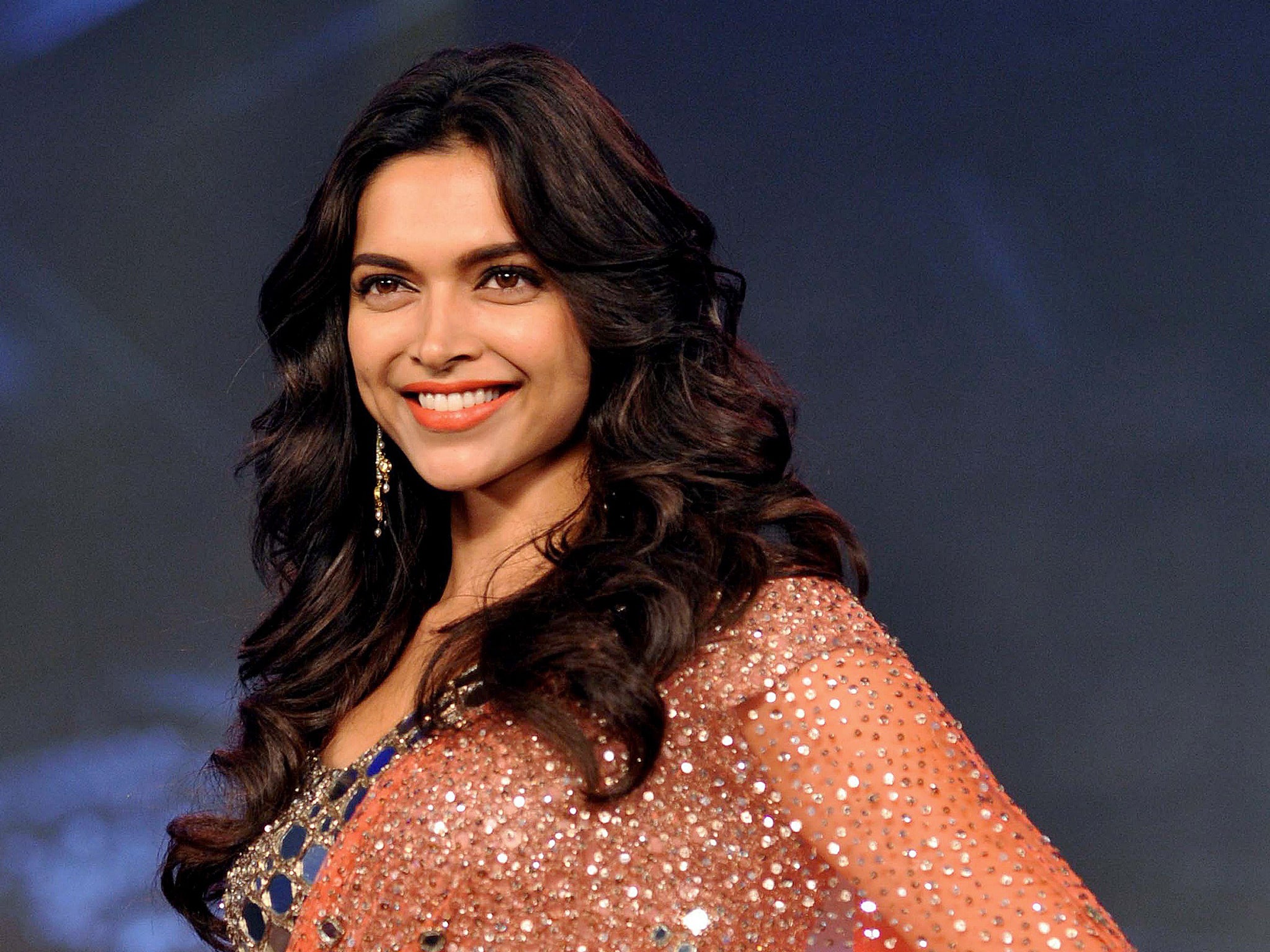Bollywood promotes the leading ladies - but won't pay the wages
Culture shift allows women to take starring roles. But they still don’t earn as much as men

This is Bollywood’s year of the woman.
Some of the biggest hits in India's prolific movie industry this year have female leads in female-oriented story lines.
In this summer’s surprise hit, Queen, Kangana Ranaut is the heroine who embarks on her honeymoon alone after she is jilted the day before her big Indian wedding. In Mary Kom, Priyanka Chopra plays a female Olympic bronze medal-winning boxer.
Previously, women were relegated to playing the male lead’s girlfriend, sister or mother in subservient roles reflecting the traditional dominance of men in Indian society. But for all their box office success and newfound prominence, Bollywood actresses are asking: where is the money?
Top male stars, such as the three Khans – Salman, Shah Rukh and Aamir – and action star Akshay Kumar, earn around 400m rupees (£4.3m) per film on average, plus a share of the profits, according to industry experts.
A-list actresses such as Deepika Padukone and Katrina Kaif get paid a tenth of that per film.
When Padukone recently signed a movie deal for 70m rupees, it generated buzz since it was one of the highest amounts paid to a female lead. And now, actresses are beginning to speak out about that enormous disparity.
“I don’t really understand why we are paid less than the male actors because we put in equal effort and the recent past has shown that actresses can deliver a hit film. We deserve better pay, equal to what actors get,” up-and-coming star Aditi Rao Hydari told Press Trust of India.
The momentum started last year, when women featured prominently in several successful movies. That forced directors and producers to rethink roles for actresses. Given the success of this emerging genre, studios appear to be more confident about producing female-oriented movies where the main character is played by a woman, not a man.
Over the past couple of years, several such films starring Kaif, Padukone and Ranaut as well as Priyanka Chopra and Vidya Balan have crossed the 1bn rupee gross earnings mark that is generally considered a hit in Bollywood.
Part of the change reflects the greater spending power of Indian women, who are joining the work force, earning more money and want to see movies starring women in stories they can relate to – not typical action or fantasy fare, where women are merely eye candy for male movie-goers.
And while female-oriented movies have been doing extremely well at the box office, conventional films with top male stars in the lead are still the biggest earners.
But the changing audience has also helped grow India’s film industry, which is one of the world’s biggest, cranking out around 1,000 titles annually. Revenues have risen more than 10 per cent over the past decade to more than £2.2bn in 2012. Hollywood’s revenue that same year was about £6.9bn.
“It’s only going to get better from here as audiences are changing. We are moving toward a society where we have more educated and working class women,” said Ranaut. “They’d like to see stronger women on screen.”
In the low-budget Queen, she plays jilted bride Rani. With her supportive family cheering her on over Skype, the film focuses on her adventures in Europe as she embarks upon her honeymoon alone. In the final scenes, a confident Rani rejects attempts by her feckless fiancé to woo her back and walks away, which prompted Indian audiences in some cinemas to applaud – an act that would have been unthinkable in Indian cinema, or Indian society, less than a decade ago.
However, pay disparities are not confined to India. In Hollywood, age is a significant factor. Actresses in their twenties generally earn more than their same-age male counterparts, but overall, the highest-paid male actors in American movies earn more than twice as much as females.
Women also get fewer parts. A recent UN study on the portrayal of women in popular cinema in 11 of the world’s largest film markets, including India, said less than a quarter of all speaking roles were played by women.
The pay gap in India will narrow as movies about women become more popular, said Chopra, a top-billed actress. “When women-centred films become hits, then the disparity will end,” she said.
AP
Subscribe to Independent Premium to bookmark this article
Want to bookmark your favourite articles and stories to read or reference later? Start your Independent Premium subscription today.

Join our commenting forum
Join thought-provoking conversations, follow other Independent readers and see their replies